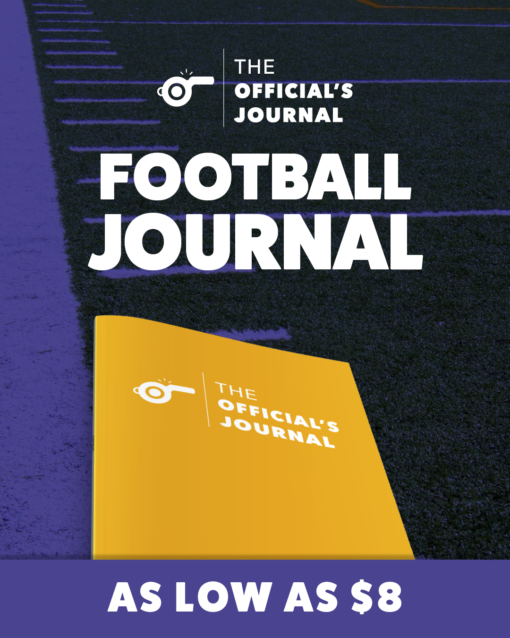College Football
Rules review video: backward pass fumble, catch/no catch, and defensive pass interference
Steve Shaw breaks down rulings from Week 6 of the 2025 college football season

2025 Media Video #7
National coordinator of football officials Steve Shaw posted his seventh media video of the season, breaking down rules and interpretations from Week 6 of the college football season.
Prior to going through plays, Shaw discussed the record-high completion percentage for teams so far this season. 63.6% of all passes have been completed, over 2% higher than any past season (61.5% all-time high). For context, that number went over 60% for the first time in 2019.
- Backward pass fumble. The quarterback throws out to the right, targeting his running back, who does not catch the pass. The defense ended up recovering the ball, and the ruling on the field was a backwards pass that was incomplete, which is a live ball and a fumble. Upon review, it looked like the pass went dead even sideways (as seen in the image above). By rule, a pass that is not clearly forward is considered a backward pass, so the ruling was upheld.
- Catch/no catch. Shaw showed two separate plays surrounding a catch/no catch question. The first play had the receiver catch the ball, get firm control, and turn upfield to run before the defender punched the ball out. This was correctly ruled as a catch and subsequent fumble. On the second play, a receiver catches the ball and falls to the ground near the sideline. On the field, it was ruled a catch, but replay stepped in to look at the play. Though the receiver got one foot down in bounds (and even got a 2nd foot down), the ball came loose the moment his elbow hit the ground. Replay properly overturned the call on the field to an incomplete pass because the receiver did not survive the ground.
- Defensive pass interference. The QB takes the snap from the opposing 19-yard line and fires downfield where the pass is intercepted with a flag down and no time left in the half. Normally, no penalty is allowed to exceed moving up more than half the distance to the goal line; however, defensive pass interference is the one exception to this rule. The full 15 yards was enforced, and the offense was given 1 untimed down on the 4-yard line.
- Targeting. Shaw once again showed two plays involving targeting. The first one showed the QB in the pocket getting his facemask grabbed and then hit up high by a defender. Because the QB became a runner, he is not considered defenseless, but targeting can still occur if the defender leads with the crown of the helmet with forcible contact to the head of an opponent (which is what happened here). The defender was disqualified after the targeting was upheld, and only the targeting foul was enforced on this play. On the 2nd play (in the same game), a runner was hit by the defender’s side of the helmet, which drew a flag on the field. Once again, only crown of the helmet targeting applies here. The crown does not extend to the side of the helmet, so this flag was picked up after review.
- Ball-carrier down. A quarterback trying to evade pressure was tripped up and fell to the ground when the ball came loose. After review, it was determined that at first the player’s wrist hit the ground (which counts as a part of the hand), so he was not down there. A few moments later, his forearm went down before the ball popped loose (which counts as being down) so the player was ruled down and the ball was dead at that spot.
Discover more from Football Zebras
Subscribe to get the latest posts sent to your email.


























